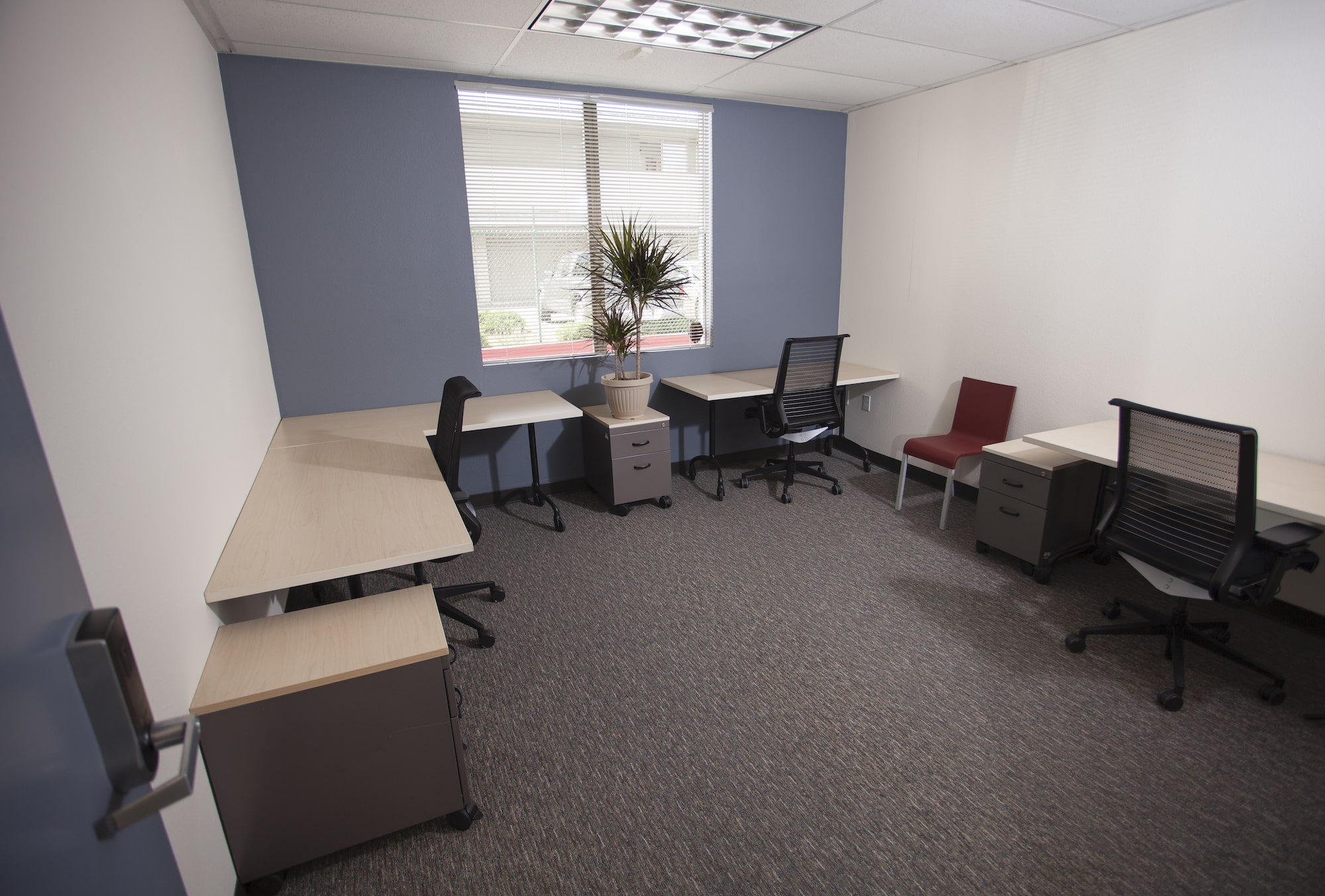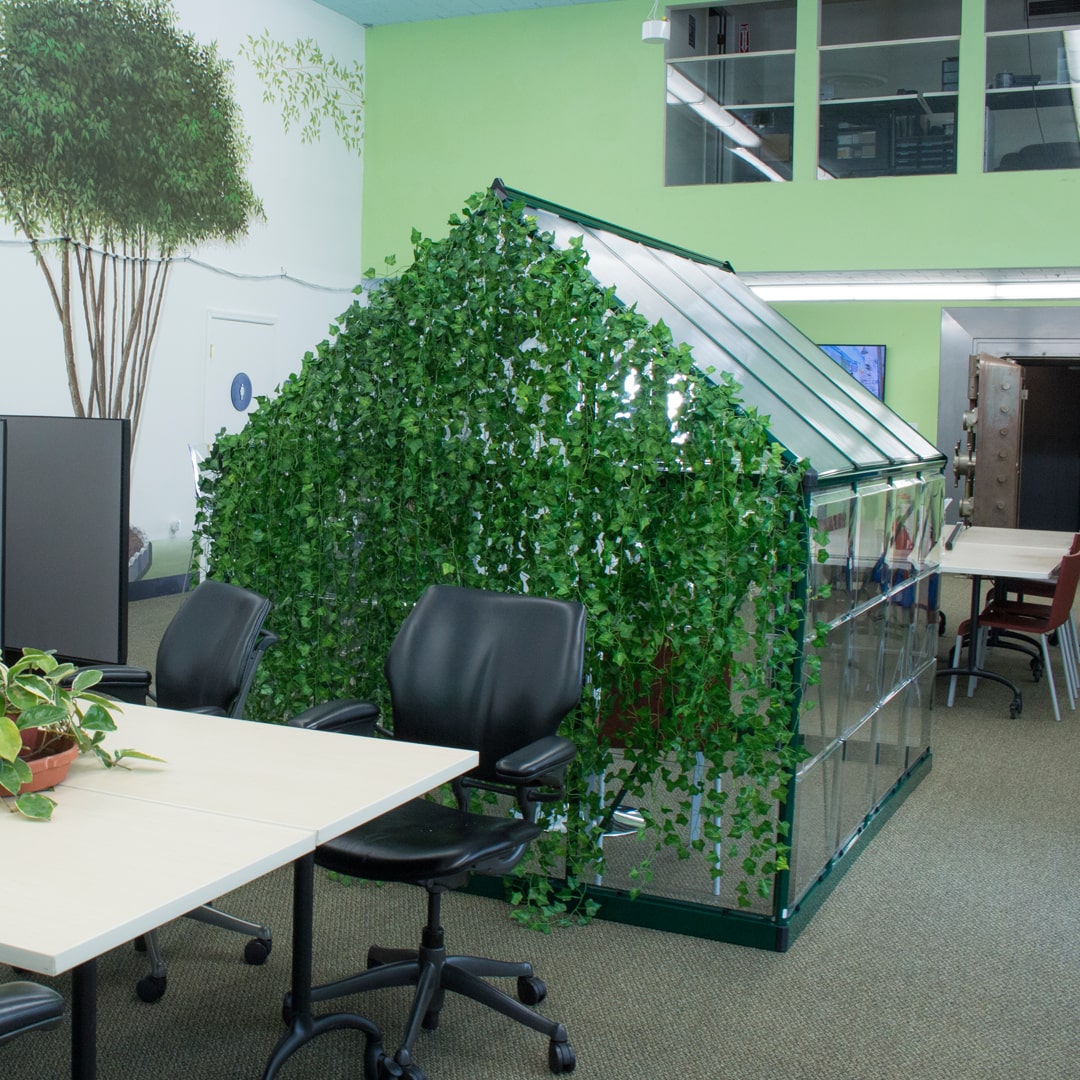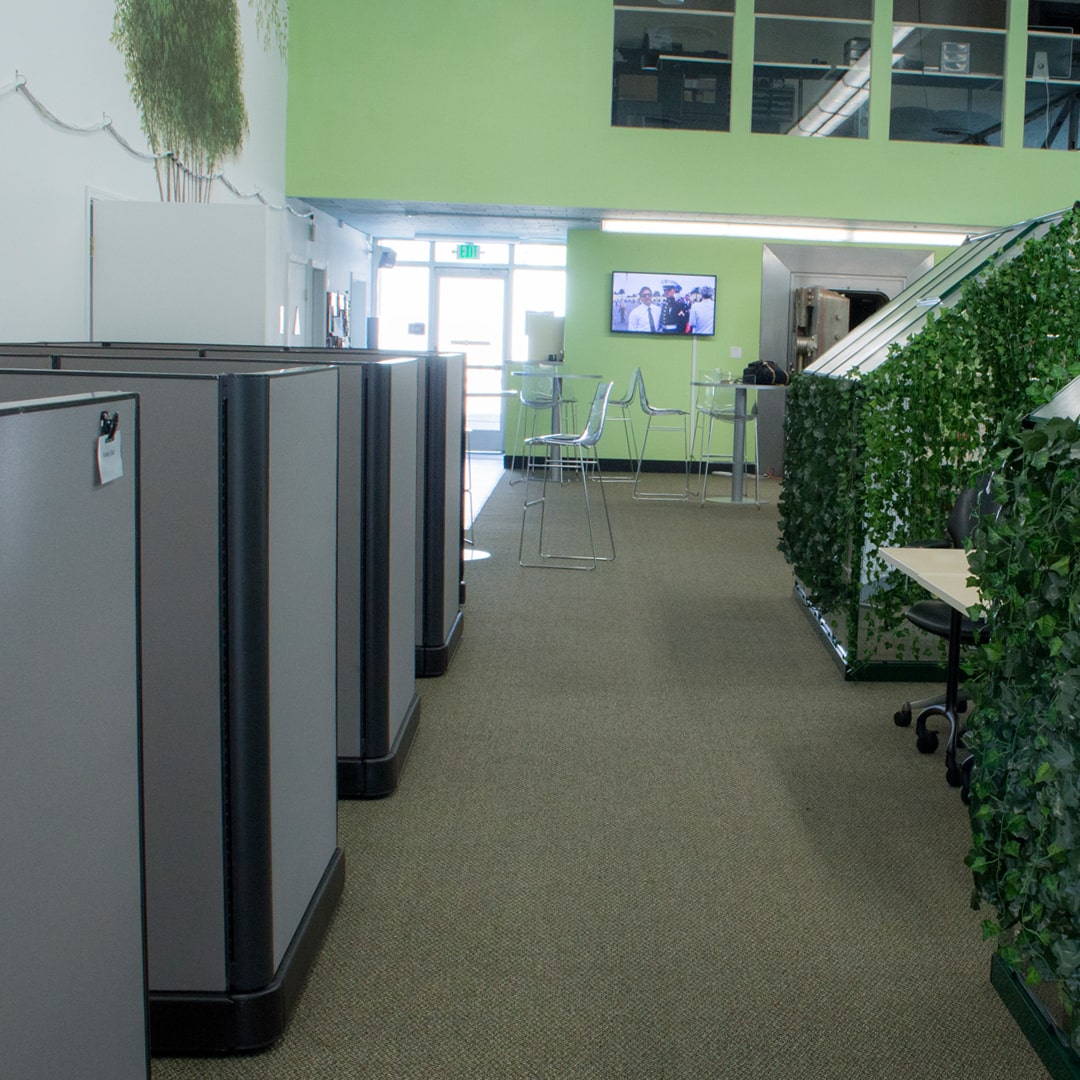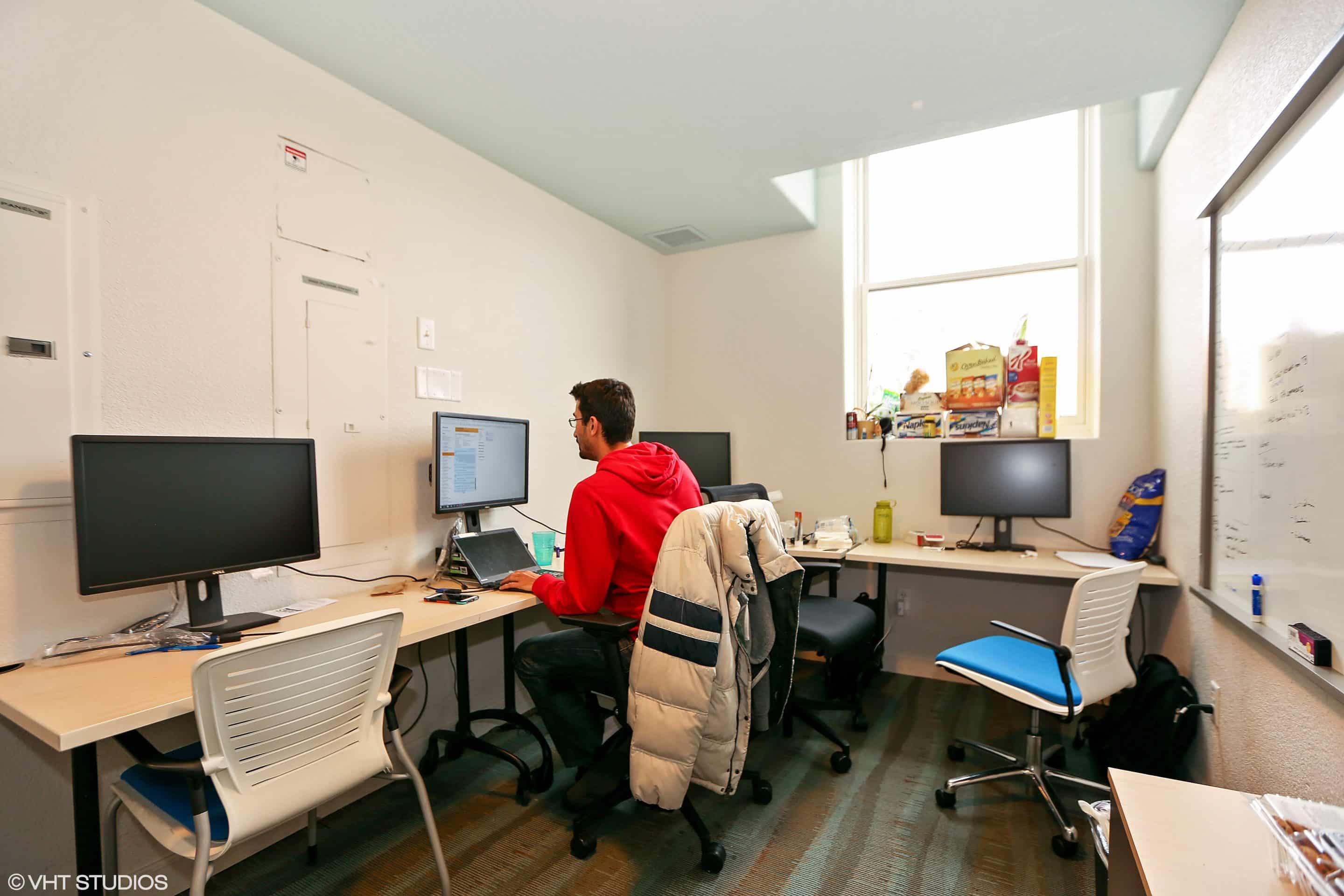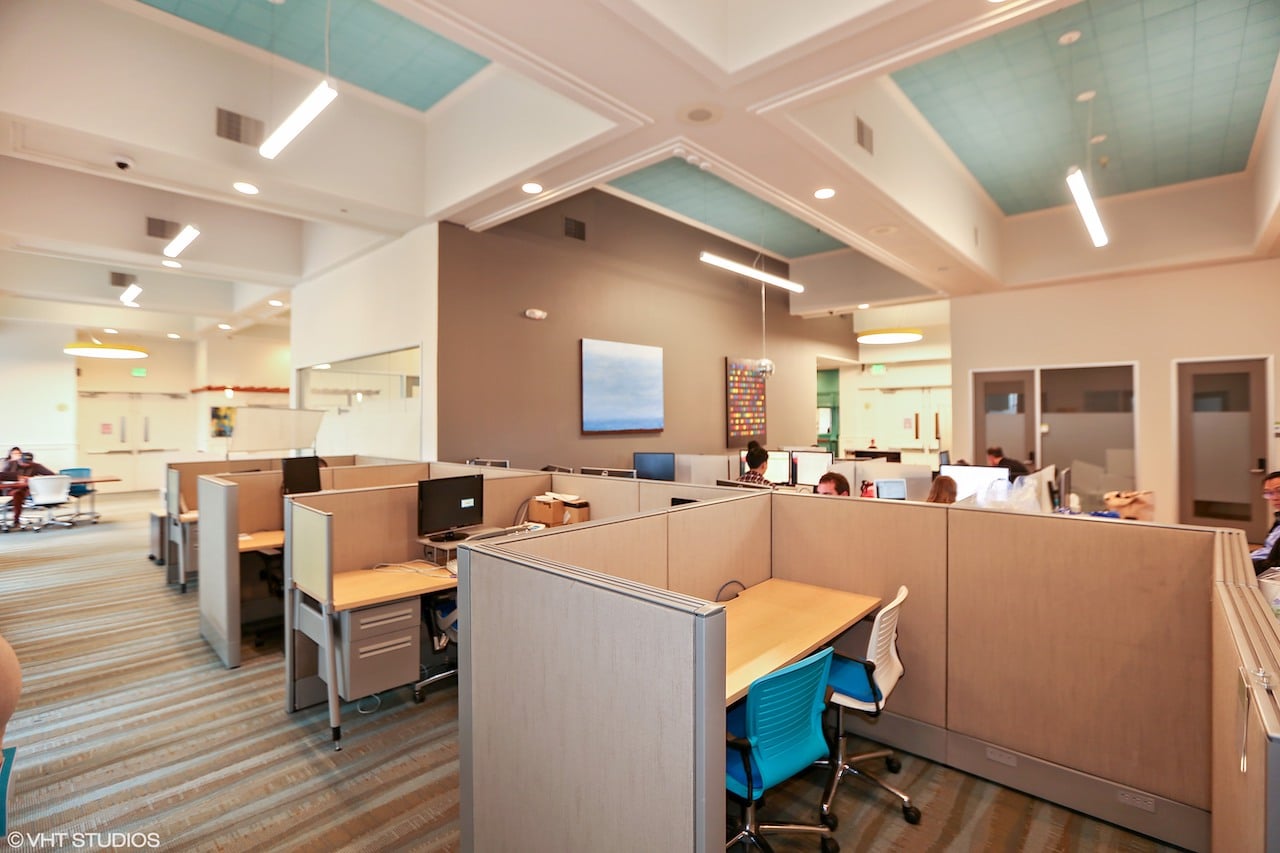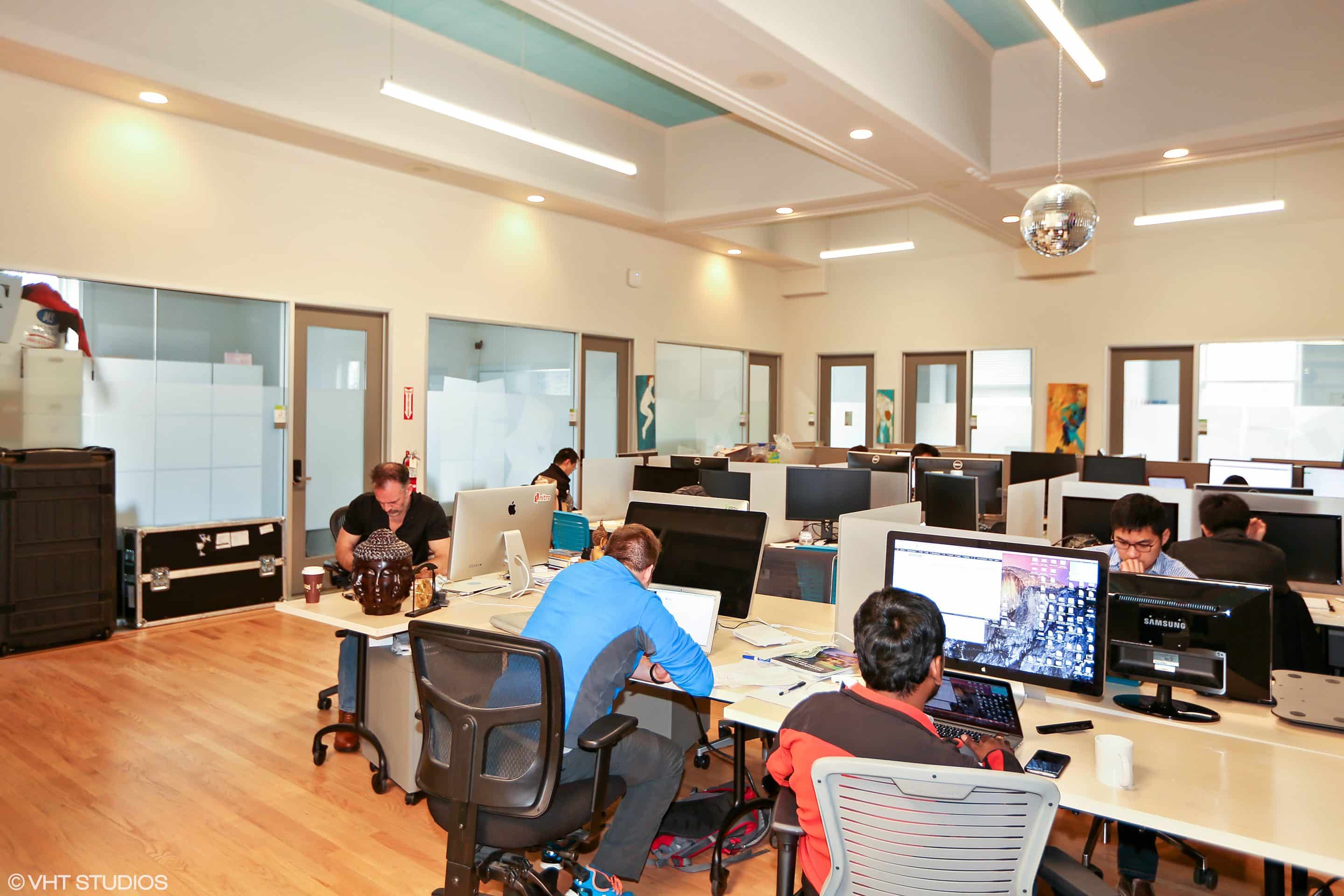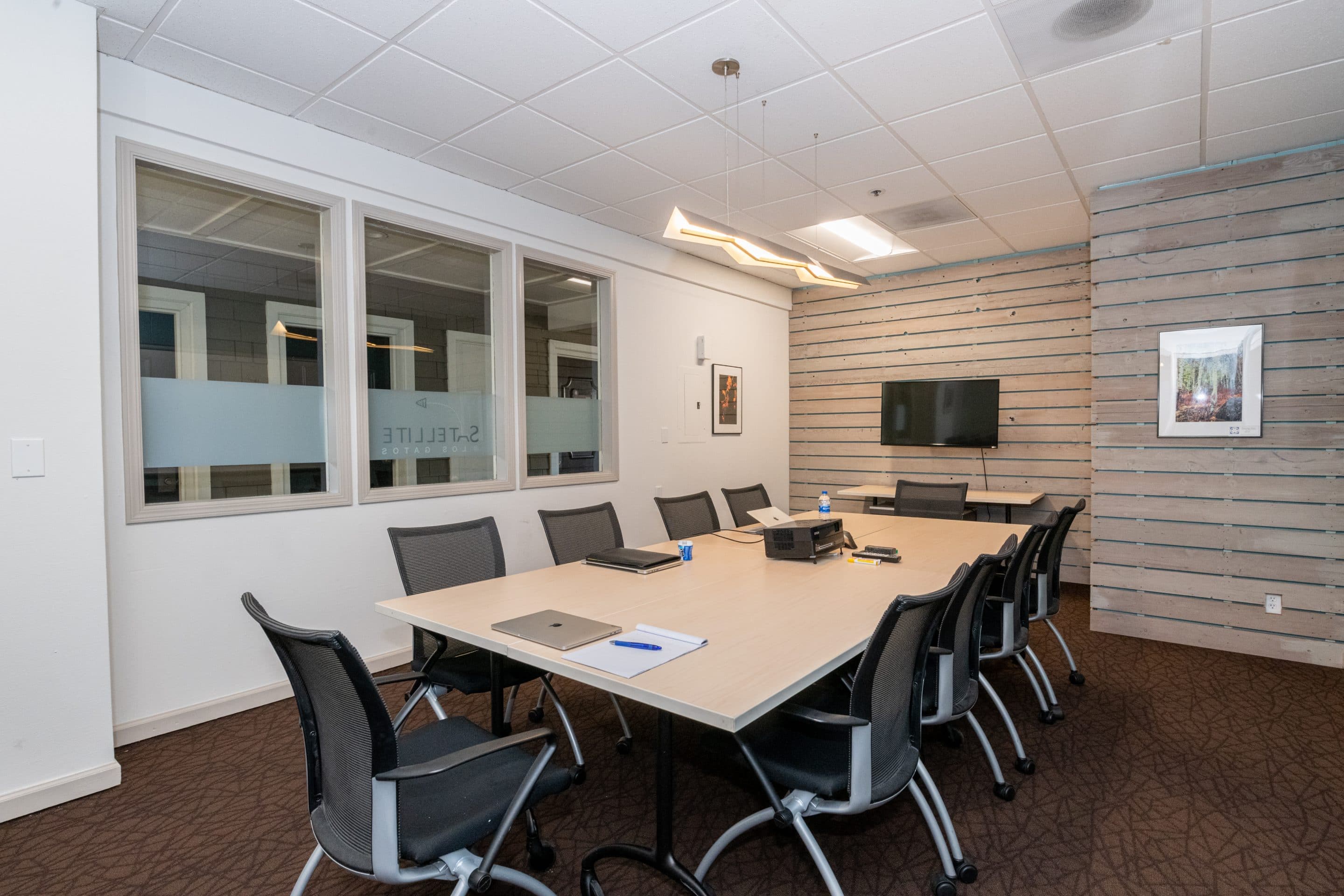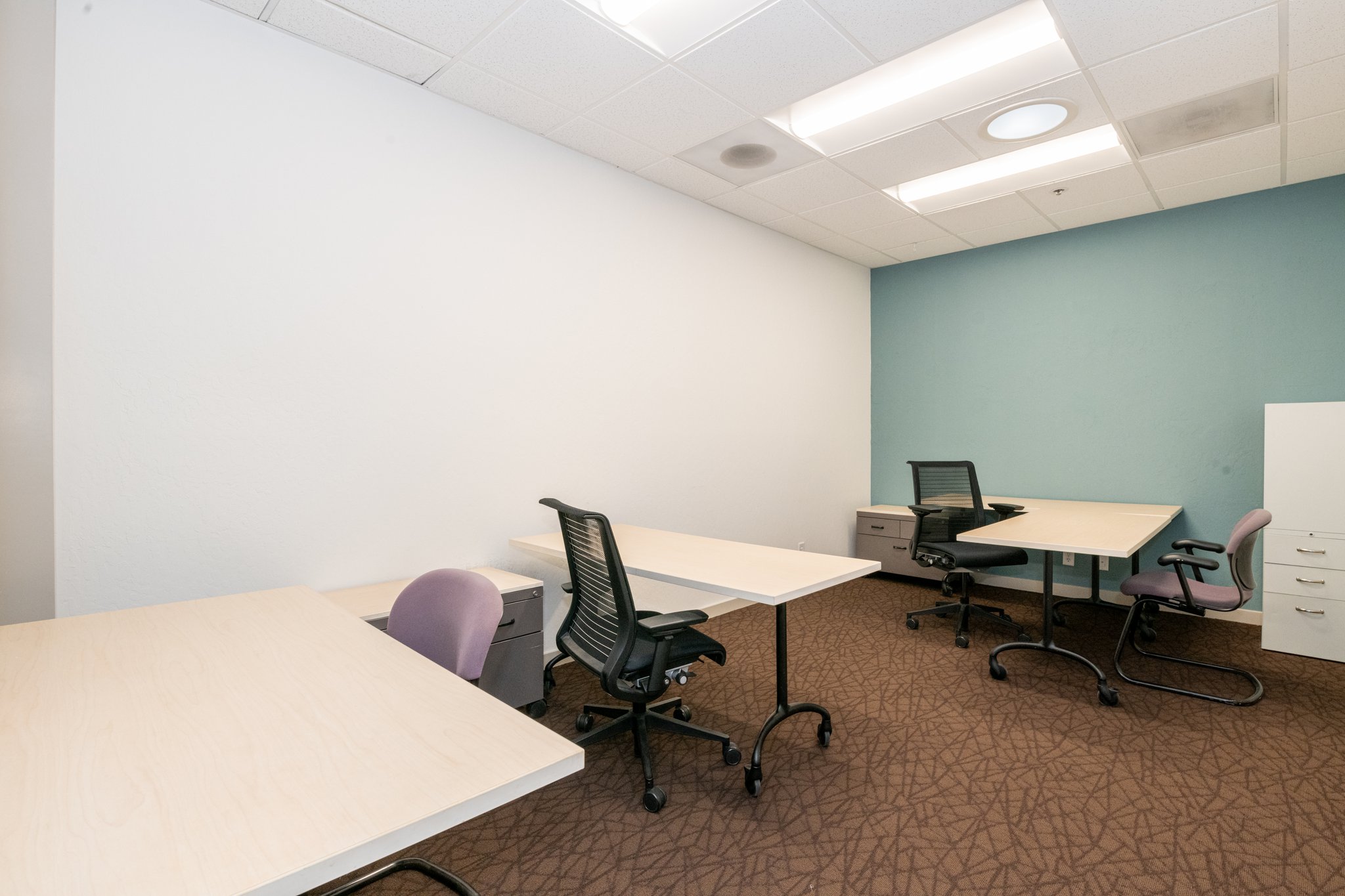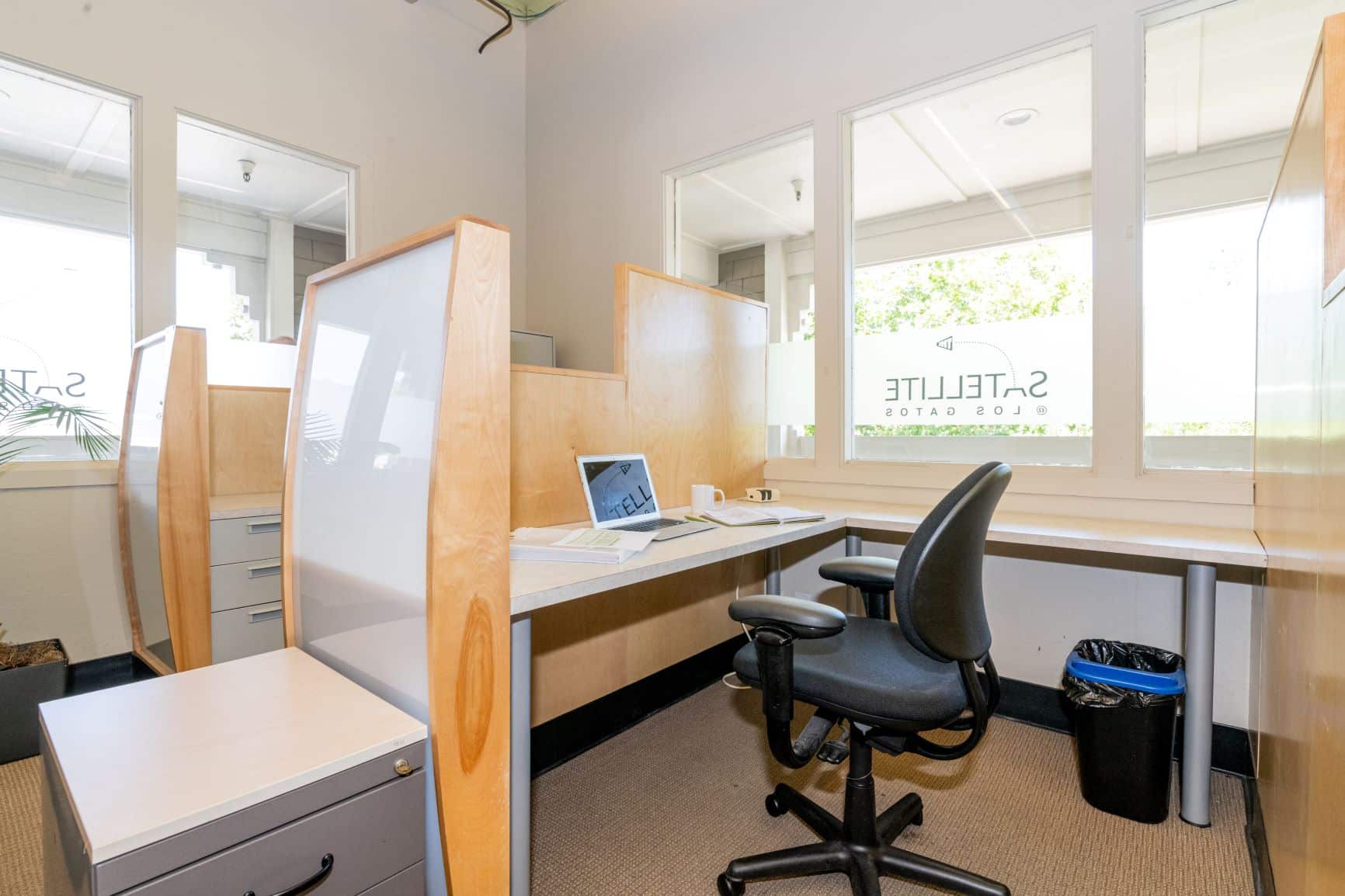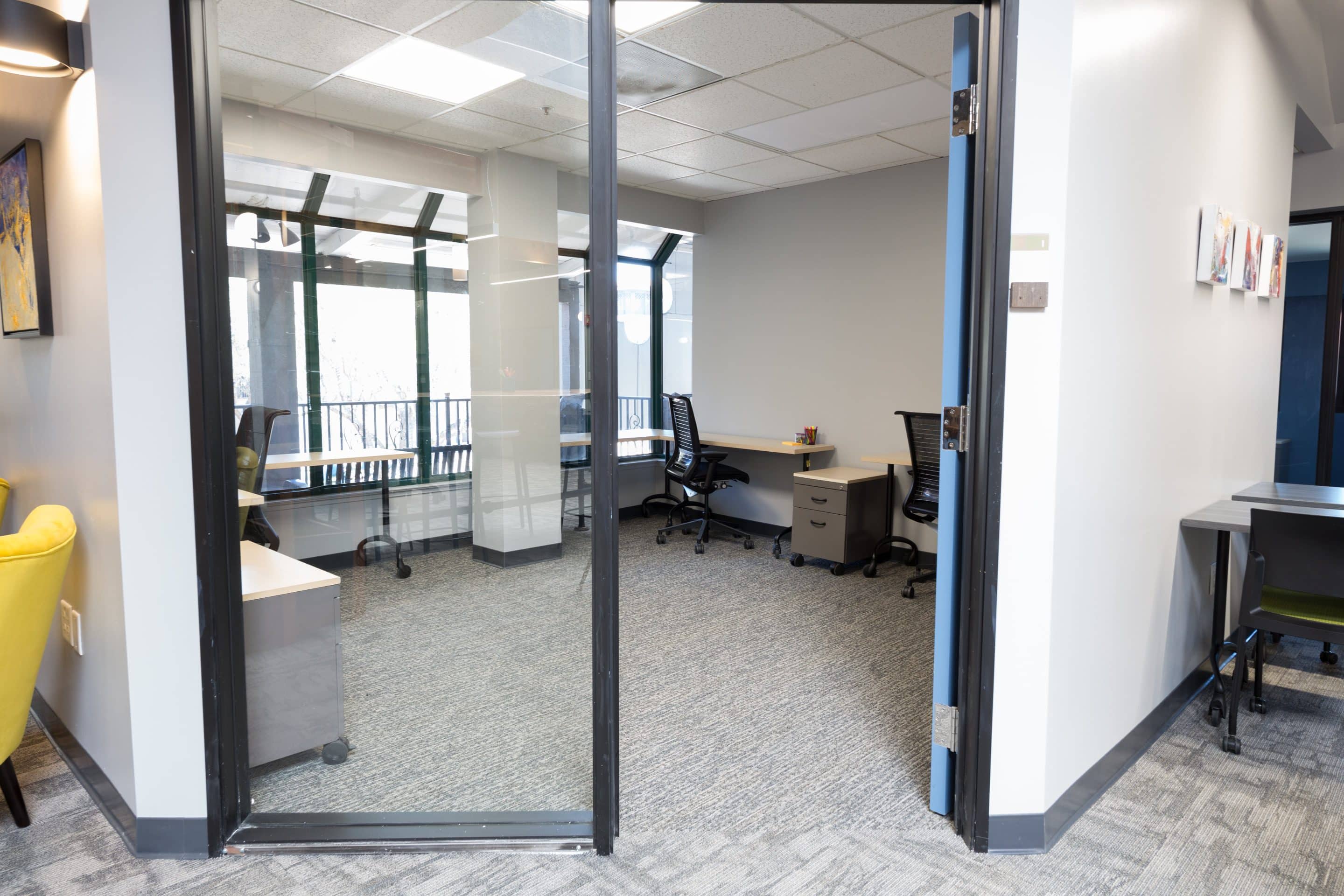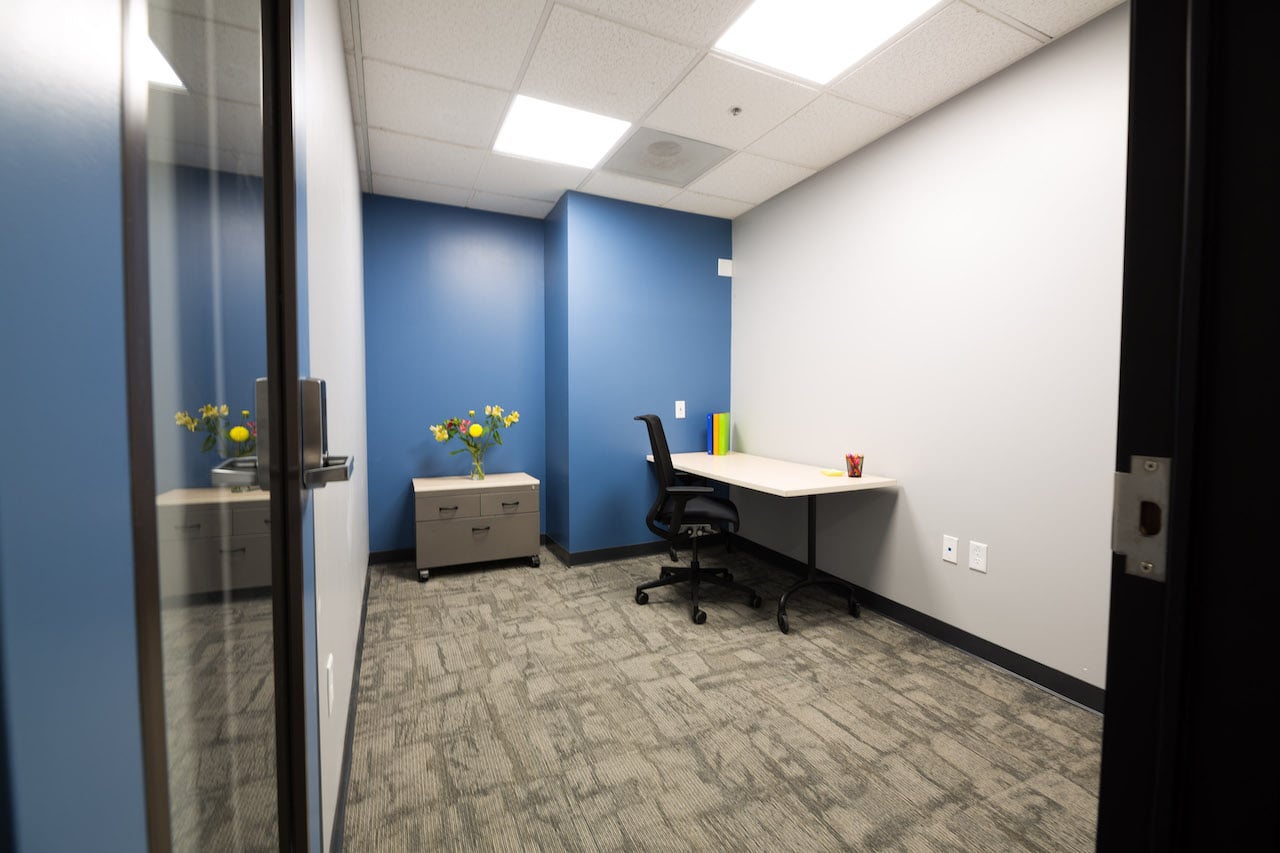Nearly 75 percent of companies choose coworking spaces due to lower costs compared to traditional offices, unlocking financial resilience and operational agility. This guide on the benefits of shared office spaces reveals how cost savings, productivity boosts, networking advantages, unmatched flexibility, and audience-specific solutions converge in modern coworking environments. Readers will learn: (1) top financial gains, (2) productivity and performance drivers, (3) networking and community impact, (4) flexibility for hybrid models, and (5) who benefits most—from freelancers to corporations. By mapping each advantage, this article establishes the foundational context for maximizing shared office space value.
What Are the Top Financial Benefits of Shared Office Spaces?

Shared office spaces reduce operational costs by pooling resources across multiple tenants, unlocking significant cost savings and predictable budgeting while enhancing cash flow. These financial benefits stem from shared leases, collective utilities, and bundled services that eliminate traditional overhead.
Cost Savings in Shared Office Spaces
Shared office spaces often provide significant cost savings compared to traditional office setups. These savings stem from shared resources, such as utilities and maintenance, which are typically included in membership fees, reducing overhead costs for businesses and startups.
How Do Coworking Spaces Deliver Cost Savings Compared to Traditional Offices?
Coworking spaces deliver cost savings by eliminating long-term lease obligations and distributing expenses—rent, utilities, and maintenance—across members.
| Entity | Attribute | Value |
|---|---|---|
| Traditional Office Lease | Commitment Length | 3–5 years |
| Coworking Space | Commitment Length | Month-to-month |
| Traditional Office Lease | Utilities | Billed separately |
| Coworking Space | Utilities | Included in membership fees |
| Traditional Office Lease | Maintenance | Tenant responsibility |
| Coworking Space | Maintenance | Provider-managed |
What Flexible Pricing Models Make Coworking Affordable for Startups and SMEs?
Membership models in shared offices adapt to evolving budgets and team sizes, ensuring affordability without sacrificing quality workspace.
- Pay-as-you-go passes enable daily access without long-term commitment.
- Dedicated desk memberships provide fixed monthly rates and reserved seating.
- Private office packages scale headcount and amenities per team requirements.
These options empower startups and SMEs to align workspace expenses with cash flow and growth trajectories.
How Does Reduced Overhead Improve Business Efficiency in Shared Workspaces?
By sharing reception, cleaning, and IT support, businesses redirect administrative time and funds toward core operations. Reduced overhead translates into faster project delivery and sharper focus on revenue-generating activities, bridging financial savings with performance improvements.
How Do Coworking Spaces Enhance Productivity and Work Performance?
Productivity and Performance in Coworking Environments
Coworking environments can enhance productivity by providing structured work areas and minimizing distractions. Features like high-speed internet, ergonomic furniture, and quiet zones contribute to focused work and reduce disruptions, leading to improved performance.
What Amenities in Shared Offices Support Focused and Efficient Work?
High-quality amenities in shared offices—from high-speed connectivity to ergonomic furniture—directly boost concentration and minimize physical strain.
| Entity | Attribute | Value |
|---|---|---|
| High-speed Internet | Connectivity | 1 Gbps fiber-optic |
| Quiet Zones | Environment | Soundproof booths |
| Ergonomic Furniture | Support | Adjustable desks and chairs |
| Meeting Rooms | Collaboration | AV-equipped for seamless presentations |
These features foster sustained focus and reduce health-related disruptions, reinforcing productivity gains across teams.
How Do Coworking Environments Minimize Distractions Compared to Remote Work?
- Structured schedules maintain defined work hours.
- On-site moderation enforces noise guidelines.
- Peer accountability discourages procrastination.
By embedding behavioral cues and clear boundaries, coworking spaces sustain high productivity where remote setups often falter.
What Networking and Community Benefits Do Shared Office Spaces Offer?

Networking and Community Benefits
Coworking spaces facilitate valuable professional connections through curated events and accessible platforms. These interactions expand referral networks and fuel strategic alliances, fostering business growth and professional development.
How Do Coworking Spaces Facilitate Valuable Professional Connections?
Coworking spaces facilitate connections through targeted events and easy-access platforms that link members based on expertise and goals.
- Weekly mixers create role-focused networking opportunities.
- Skill-sharing workshops promote peer-to-peer learning.
- Member directories streamline outreach and collaboration.
In What Ways Does Community Support Improve Mental Health and Reduce Isolation?
Community support in shared offices improves mental health by fostering social interaction, peer encouragement, and wellness initiatives that counteract remote work loneliness.
- Group wellness sessions, such as yoga and meditation, boost morale.
- Peer support circles offer regular check-ins for personal and professional challenges.
- Social lounges provide informal spaces to build meaningful relationships.
Embedded social and wellness programs nurture well-being and reduce isolation in professional settings.
Why Is Flexibility a Key Advantage of Coworking and Shared Workspaces?
Flexibility in coworking allows rapid adjustments of space and services, matching evolving business needs without fixed commitments. Modular offerings deliver agility, cost control, and seamless scaling.
How Do Flexible Lease Terms Enable Business Scalability and Adaptability?
Flexible lease terms enable businesses to scale by adjusting membership levels and workspace sizes without renegotiating long-term contracts.
- Month-to-month memberships eliminate lock-in risk.
- Upgrade options allow seamless transitions between desk types.
- Minimal notice cancellation supports dynamic headcount changes.
These adaptable arrangements align office capacity with operational demands, enhancing responsiveness to market shifts.
How Does Coworking Support Hybrid and Remote Work Models?
Coworking supports hybrid work by offering on-demand access to professional spaces that complement home offices and corporate sites.
- Day passes provide occasional office use without membership.
- Satellite locations enable regional presence for distributed teams.
- Virtual office services deliver business addresses and mail handling.
Integrating coworking into hybrid models ensures teams benefit from both flexibility and a professional infrastructure.
Who Benefits Most from Coworking Spaces: Freelancers, Startups, or Corporations?
Different user groups derive tailored advantages from coworking based on scale, resource needs, and collaboration objectives. Shared offices adapt services to optimize each audience’s experience.
What Unique Advantages Do Freelancers and Remote Workers Gain from Shared Offices?
Freelancers and remote workers gain structure, reliable connectivity, and networking access that overcome home-office drawbacks.
- A dedicated business address enhances professional credibility.
- On-site peer feedback fosters project improvement.
- Flexible hours align workspace use with peak productivity times.
These features provide independent professionals with the infrastructure and community support essential for sustainable growth.
How Do Startups and Small Businesses Leverage Coworking for Growth?
Startups and small businesses leverage coworking by accessing meeting rooms, mentorship, and investor networks without heavy upfront commitments.
- Incubator partnerships link teams with venture programs.
- Pitch events showcase ideas to potential backers.
- Advisory panels offer expertise in marketing, finance, and technology.
Through integrated services and strategic connections, emerging businesses accelerate development and scale efficiently.
Shared office spaces deliver a comprehensive blend of cost savings, productivity enhancements, vibrant communities, operational flexibility, and audience-specific solutions. By aligning workspace choices with business goals, organizations of all sizes can unlock higher performance and sustained growth. Explore each advantage in detail and leverage coworking to transform how teams work, connect, and thrive.












